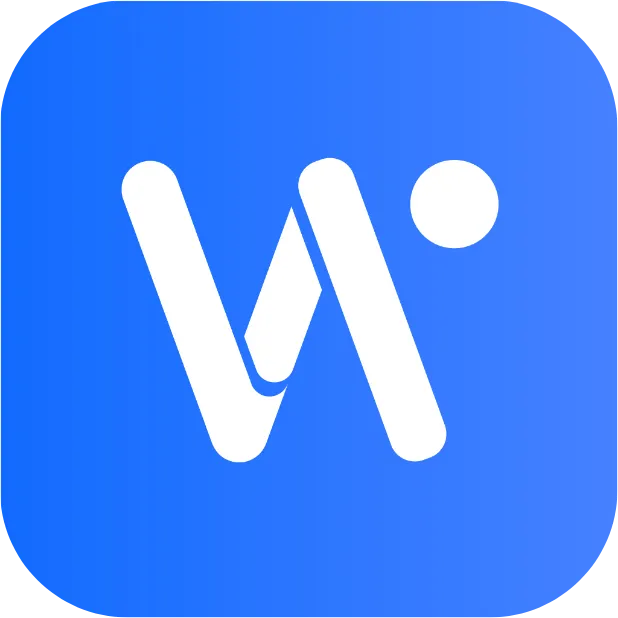3 Powerful Facebook Ads Strategies to Lower CPA and Boost Performance
With rising digital ad costs and increasing competition, businesses are constantly seeking cost-efficient ways to maximize their return on ad spend (ROAS). Meta’s recent announcement of 《CLICK HERE: The Art and Science of Digital Marketing and Advertising》—authored by Alex Schultz, Meta’s Chief Marketing Officer—highlights the growing need for data-driven strategies that lower customer acquisition costs (CAC) while improving engagement.
In this article, we’ll explore three proven Facebook Ads strategies that have helped brands significantly reduce cost per acquisition (CPA) while maintaining high performance. These tactics are backed by real-world case studies, ensuring they’re not just theoretical but actionable and scalable.
Strategy 1: Creator-Powered Partnership Ads
A. The Authenticity Advantage
Partnership ads transcend traditional influencer marketing by creating symbiotic content ecosystems. When Korean furniture retailer BEBEDECO collaborated with more than 10 creators via the Instagram Creator Marketplace and utilized both Facebook and Instagram platforms, their ads appeared simultaneously on brand and creator profiles, doubling touchpoints while leveraging the hard-earned audience trust of the creators. The outcome was a 74% increase in ROAS and a 32% reduction in CAC. Creators filmed "day-in-my-life" Reels that showcased BEBEDECO's sofa covers in authentic home environments, which starkly contrasted with polished studio shots. This organic aesthetic led to a 97% higher CTR for Slound's bedding ads, as audiences responded more favorably to relatable product usage compared to scripted commercials.
B. Implementation Blueprint
- Talent Sourcing: Meta’s Creator Marketplace (accessible via Business Suite) filters creators by:
- Audience demographics (e.g., South Korean females aged 25-34)
- Engagement rates (prioritize 5%+ on Reels)
- Brand affinity (analyze past sponsored content tone)
- Content Direction: Provide creators with product samples but grant creative freedom. Slound’s top-performing Facebook Ads featured a creator struggling to fold a comically oversized duvet—humanizing the brand while demonstrating product dimensions.
- Performance Tracking: Run A/B tests pitting creator ads against traditional formats. BEBEDECO discovered creator-led Facebook Advertisement had 3X longer watch times, informing their 2025 budget reallocation.
C. Why It Works
Meta’s algorithm prioritizes content that sparks genuine engagement. Partnership ads receive preferential placement because they mimic organic posts—creator handles act as "trust signals," reducing ad fatigue. This aligns with Topkee’s TAG precise audience strategy, where audience segmentation (e.g., Facebook followers, interaction data) ensures content resonates authentically. The dual-handle distribution taps into two distinct audience pools: your warm leads (managed via Topkee’s audience segment lists) and the creator’s cold-but-relevant followers, similar to how Topkee’s similar audiences tool expands reach based on high-intent user behavior.
Strategy 2: Advantage+ Shopping Campaigns
A. AI-Driven Efficiency
Advantage+ shopping campaigns eliminate guesswork through machine learning that tests 150+ creative/bidding combinations autonomously. Nespresso Kuwait’s Facebook Ads campaign analyzed variables like:
- Optimal ad length (15-sec iced coffee videos outperformed 30-sec variants)
- Placement timing (3-5PM placements drove 22% more conversions as users sought afternoon caffeine)
The system dynamically allocated 78% of their budget to top performers, achieving 2.2X ROAS with zero manual adjustments.
B. Setup Essentials
- Creative Inputs: Upload diverse assets:
- 5+ product images (lifestyle + isolated white-background shots)
- 3 video versions (15/30/60-sec cuts)
- 10+ ad copy variations (emoji vs. no emoji, question vs. statement hooks)
- Audience Strategy: Contrary to conventional targeting, broad audiences (e.g., "women 18+ in Kuwait") let Meta’s AI identify hidden high-intent segments. Nespresso found 41% of conversions came from users aged 45-54—a demographic initially deemed low-priority.
- Budget Rules: Enable "Campaign Budget Optimization" to allow real-time shifts between Advantage+ placements (Stories, Feed, Reels). Slound saw 38% lower CPCs as the system prioritized cheaper yet equally effective Facebook Ads placements.
C. The Data Edge
Advantage+ campaigns integrate with Meta’s Conversions API, tracking cross-device actions traditional pixels miss. For instance, HEMA discovered 63% of "online" purchasers browsed on mobile before buying in-store—a insight achievable through tools like Topkee’s TM, which monitors cross-channel user journeys. Topkee’s Call Tracking further bridges offline gaps, recording call conversions tied to Facebook Ads exposure, mirroring Meta’s offline event tracking but with added granularity (e.g., media source attribution).
Strategy 3: Omnichannel Ads
A. Bridging Digital-Physical Divides
HEMA’s omnichannel Facebook Ads, optimized for both online and offline conversions, reduced the cost per sale by 11% and increased in-store purchases by 16%. The key was syncing CRM data with the Conversions API to serve dynamic ads:
- Online shoppers saw "Free 2-Hour Delivery" prompts
- Store-proximate users received "Try In-Store Today" carousels with inventory indicators
B. Technical Integration
- Offline Event Tracking: Upload offline sales data (POS receipts, call tracking logs) to match with Facebook Ads exposure timestamps. HEMA linked 91% of in-store purchases to specific ad campaigns this way.
- Creative Adaptation:
- Use Facebook’s "Nearby" feature to highlight closest stores
- Embed QR codes in ads for seamless offline-to-online transitions (e.g., scan QR for exclusive in-store discount)
- Measurement: Multi-cell lift studies (like HEMA’s) compare:
- Cell 1: Omnichannel-optimized Facebook Ads
- Cell 2: Web-only optimized ads
C. Strategic Impact
Omnichannel Facebook Ads can transform Facebook into a full-funnel sales driver. HEMA's performance, generating $2.18 in offline revenue for every $1 spent on ads, parallels the efficiency of Topkee's remarketing services. For instance, Topkee reduces Customer Acquisition Cost (CAC) by retargeting warm leads through TAG-retained audience lists.Moreover, Topkee's TTO topic management refines ad creatives to drive offline conversions, similar to HEMA's use of dynamic ads. However, Topkee goes a step further with AI-driven creative optimization. Examples include automatically generating AR ads for virtual try-ons, showcasing how its services blend proven strategies with advanced technology to maximize the effectiveness of Facebook Advertisement campaigns.
Conclusion
Reducing the Cost Per Acquisition (CPA) for Facebook Ads isn’t about slashing budgets; it’s about executing campaigns more intelligently. The three strategies outlined above, proven effective by real-world results, provide a clear roadmap: engage in creator partnerships to build trust and expand reach, utilize Advantage+ automation for scalable operations, and implement omnichannel optimization to drive impact across the entire marketing funnel. Begin by experimenting with one strategy, such as launching a small-scale creator campaign, and then scale up based on data-driven insights.
Don't delay in enhancing the performance of your Facebook Advertisement. Contact our professional consultants today to discover and implement the most effective Facebook Ads strategies customized to your business objectives.










